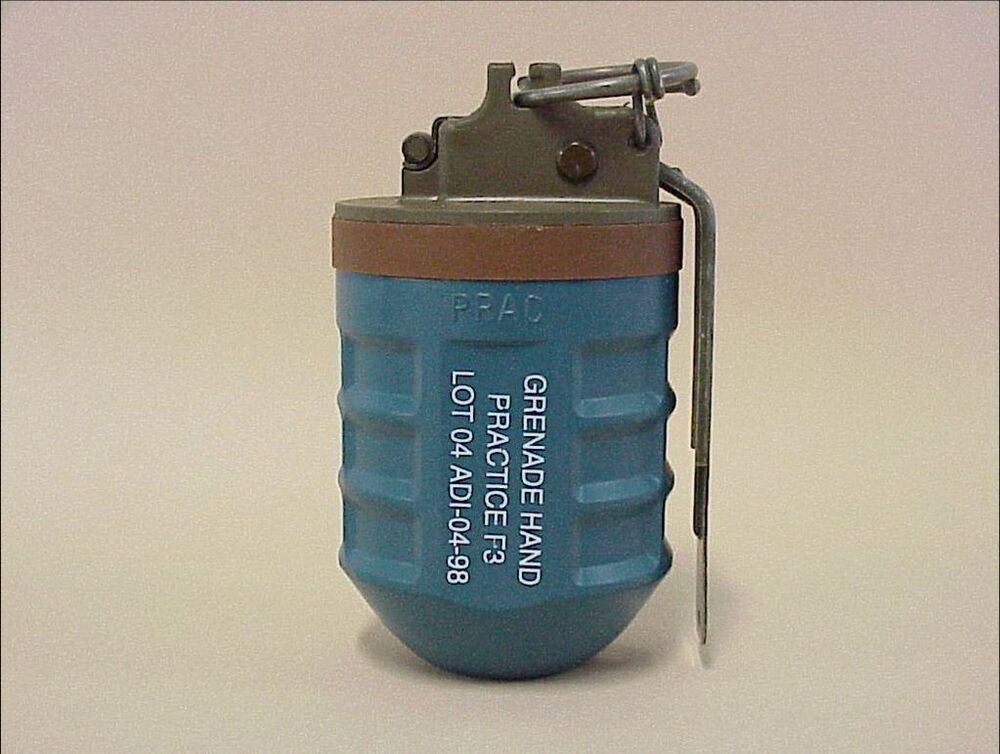|
F1 Grenade (other)
{{disambig ...
F1 grenade may refer to: * F1 grenade (Australia) * F1 grenade (France) *F-1 grenade (Russia) The Soviet Union, Soviet F-1 hand grenade (Russian: Фугасный > ''Fugasnyy 1'', "Explosive, Type #1"), is an anti-personnel Fragmentation (weaponry), fragmentation defensive grenade. It is based on the F1 grenade (France), French F1 gren ... [...More Info...] [...Related Items...] OR: [Wikipedia] [Google] [Baidu] |
F1 Grenade (Australia)
The F1 grenade (formally Grenade, Hand, Fragmentation, F1) is manufactured by Thales Australia exclusively for the Australian Defence Force as a primary defensive anti-personnel hand grenade. History The F1 hand grenade was tested and manufactured by Australian Defence Industries (now Thales Australia) in the mid-1990s and eventually entered into service with the Australian Defence Force (ADF) in the late 1990s. The grenade is the first Australian manufactured grenade utilised by the ADF, as previous grenades include the British-made Mills bomb, used in World War II and the Korean War, and the American-made M26 grenade, which was utilised by Australian forces in the Vietnam War and was replaced by the F1 grenade. The F1 hand grenade has been deployed with the Australian Defence Force to a range of conflicts, including East Timor (UNTAET, UNMISET and UNMIT), Afghanistan (War in Afghanistan), Iraq (Iraq War) and the Solomon Islands (RAMSI). Safety incidents The F1 hand grenade ... [...More Info...] [...Related Items...] OR: [Wikipedia] [Google] [Baidu] |
F1 Grenade (France)
The F-1 grenade is a hand grenade mass-produced by France during and after WW1, used en masse in the majority of European countries throughout the First and Second World Wars. Overview The F-1 grenade was first put into mass production by the French State in 1915 during the First World War. In May 1915 the first of the F1 grenades (fusante No. 1) appeared in the French military, in limited quantities. This new weapon inherited from the experience of the first months of the war: the shape was made to be more modern, with an external grooves pattern for better grip and easier fragmentation. The second expectation proved deceptive, since the explosion in practice gave no more than 10 fragments (although the pattern was designed to split into all the 38 drawn divisions). The design was proved to be very functional, especially due to its stability compared to other grenades of the same period. Later, the Fusante No. 1 was used ''en masse'' by many foreign armies in the period 1915 ... [...More Info...] [...Related Items...] OR: [Wikipedia] [Google] [Baidu] |

